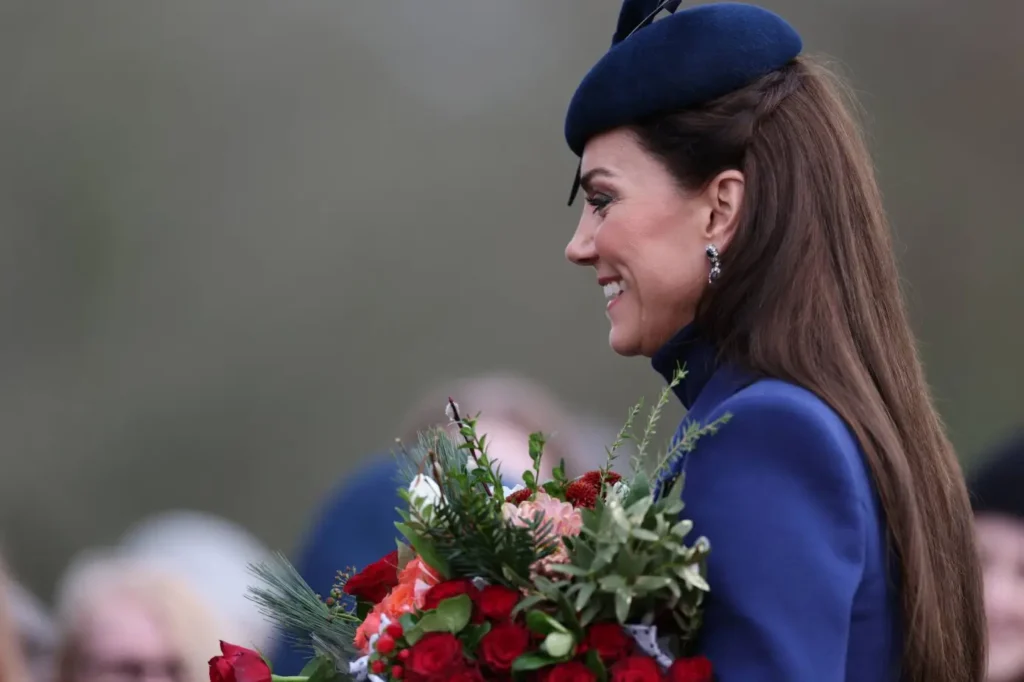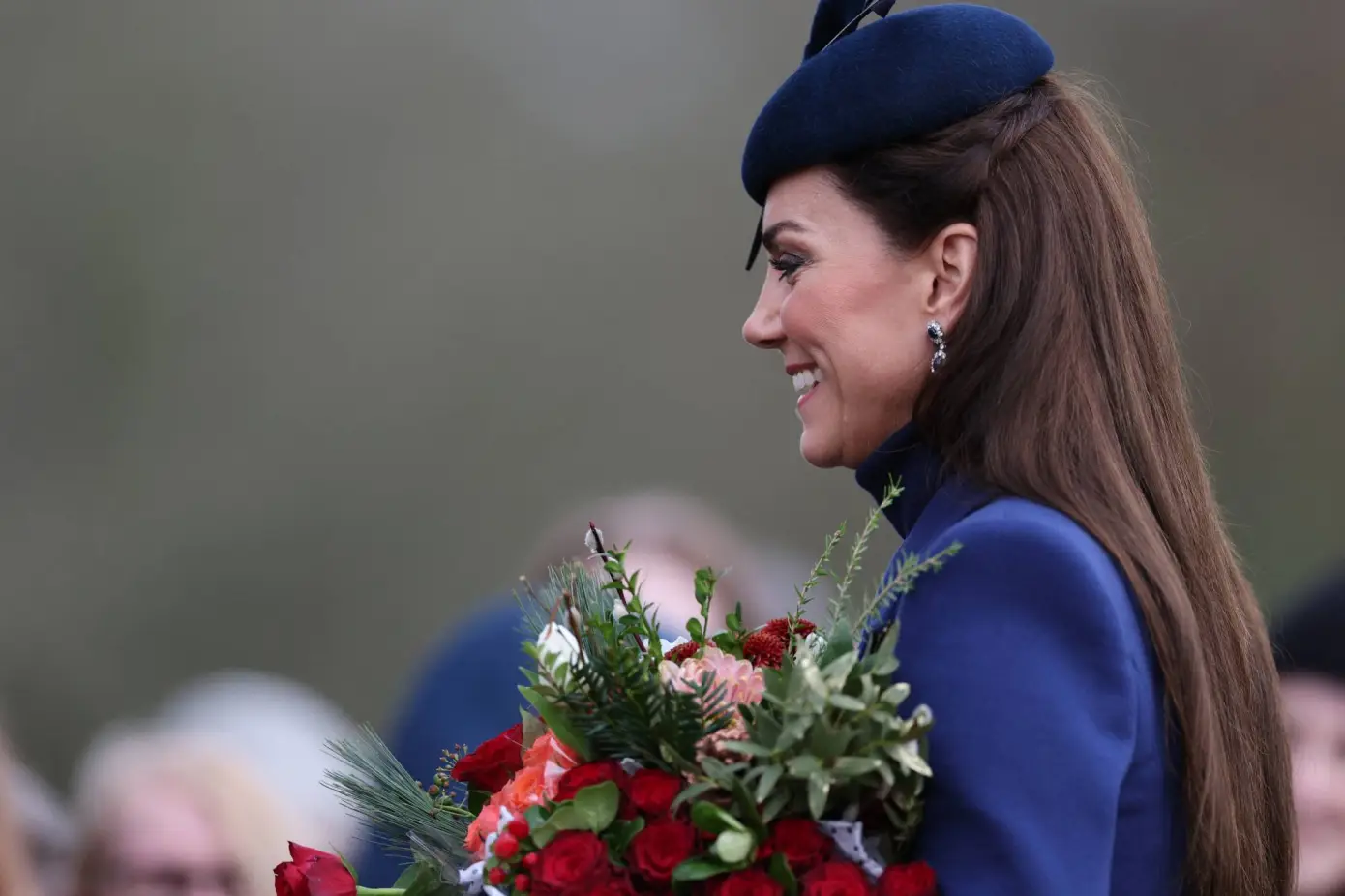“Explore the intricate debate surrounding a recent photograph of Kate Middleton and her children, delving into the ethics of photo editing, the impact of AI on reality perception, and the broader implications for digital authenticity in today’s rapidly evolving technological landscape.”

Addressing the Controversy: Duchess of Cambridge Responds
In the wake of widespread speculation, Kate Middleton, the Duchess of Cambridge, found herself at the center of a debate regarding a recent family photograph. Middleton clarified the situation, stating that as an amateur photographer, she sometimes delves into photo editing. She expressed regret for any confusion the edited family photo may have caused, emphasizing her intentions were purely artistic.
Analyzing the Photo’s Oddities
The photo in question raised eyebrows for several reasons. Despite featuring an expected number of hands for the four individuals pictured, the positioning and clarity of the hands sparked intrigue. Kate’s hands were visible, yet her arms were obscured, and one hand appeared blurry without a wedding ring. Charlotte’s wrist seemed to blend into another, and her cardigan sleeve merged confusingly with a different cardigan not visible in the shot. Louis’s hand gesture added to the peculiarities, though it might be attributed to typical childhood behavior. A closer inspection of the photo revealed more unsettling details, contributing to its eerie aura.
Speculations Amid Middleton’s Public Absence
Rumors concerning Middleton’s recent absence from the public eye further fueled speculation. After undergoing planned abdominal surgery, her prolonged recovery period without public appearances deviated from the norm for Royal Family members. This unusual situation led to a variety of unfounded and often humorous theories regarding her whereabouts and activities.
The Evolution of Photo Editing: From Convenience to Controversy
The incident highlights the ease and temptation of photo editing, with readily available tools like VSCO, Facetune, and Canva making alterations simple. Yet, such convenience comes with the risk of skepticism, especially when edits lead to unnatural outcomes. This case reflects a broader shift from traditional photo manipulation to concerns over AI-generated imagery, underscoring the changing landscape of digital authenticity.
The Internet Reacts and the Quest for Authenticity
The internet’s reaction to the suspicious photo was swift, with the discussion escalating to the point where the Associated Press intervened by requesting the removal of the image from circulation. Despite the availability of sophisticated editing tools, the exact methods used by Middleton remain uncertain, with speculation surrounding the capabilities of apps like Facetune and Photoshop.
The Ripple Effect of AI on Reality Perception
As AI-powered image generation becomes increasingly prevalent, distinguishing between real and altered images poses a growing challenge. Instances of deepfake imagery, particularly concerning elections, have surged, indicating a broader trend of digital deception. This event serves as a reminder of the importance of critical scrutiny in an era where technological advancements blur the lines between truth and fabrication.
Conclusion: A Reflection on Digital Ethics and Public Scrutiny
The controversy surrounding Middleton’s edited photo sheds light on the complexities of digital ethics in a world saturated with manipulated images. While the Royal Family faces unique scrutiny, the incident echoes a universal dilemma about the integrity of digital media. As society navigates these challenges, the importance of transparency and critical awareness in the digital age becomes increasingly apparent.
